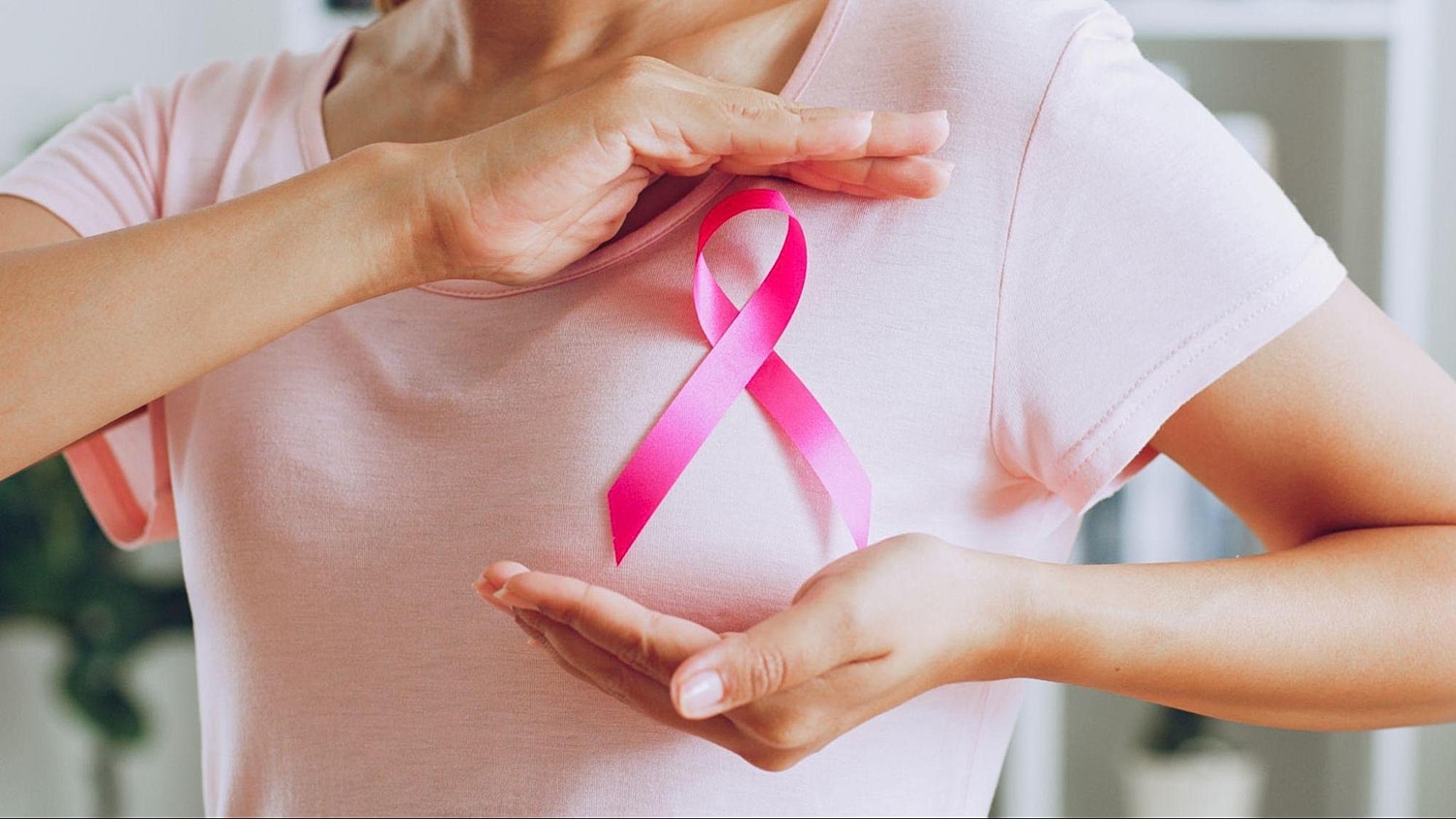




Hormones play a central role in women's health, influencing everything from mood and metabolism to bone density and brain function. However, when it comes to hormone replacement therapy (HRT), many women are left confused or fearful—particularly about the potential link between hormones and cancer. It’s important to clarify what the science really says and distinguish between different types of hormones, how they’re metabolized, and what proactive steps can help minimize risk.
Contrary to popular belief, estrogen, progesterone, and testosterone are not carcinogens. These are essential, naturally occurring hormones that support the integrity of nearly every tissue in the body. Estrogen promotes cardiovascular and bone health, supports cognitive function, and modulates immune responses. Progesterone balances estrogen’s effects on the endometrium, promotes neuroprotection, and supports sleep and mood. Testosterone, although often associated with men, plays vital roles in women—supporting libido, energy, muscle mass, and even mental clarity.
The misconception that hormones inherently cause cancer likely stems from earlier hormone therapy studies using synthetic formulations and delivery methods. It’s crucial to separate the biological function of natural hormones from the way synthetic or poorly metabolized versions may interact with cellular receptors in harmful ways.
The concern about HRT and cancer—especially breast cancer—largely stems from the Women’s Health Initiative (WHI) study published in the early 2000s. This trial used conjugated equine estrogens (CEE) and a synthetic progestin (medroxyprogesterone acetate) in postmenopausal women. Results showed an increased risk of breast cancer, stroke, and thromboembolic events in certain groups, which led to widespread fear and cessation of hormone therapy.
However, further analysis revealed that estrogen alone (without synthetic progestin) actually reduced breast cancer risk in women who had undergone hysterectomy. Moreover, the increased cancer risk appeared to be associated with the synthetic progestin, not estrogen per se.
Since then, many studies have explored bioidentical hormone replacement therapy (BHRT), which uses hormones structurally identical to those produced by the human body. Observational data and clinical experience suggest that bioidentical progesterone does not appear to carry the same risk as synthetic progestins and may even be protective in certain tissues. For example, the E3N French cohort study showed that breast cancer risk was significantly lower in women using bioidentical progesterone compared to synthetic versions.
The delivery method also matters. Transdermal estrogen (applied via patch or cream) bypasses the liver and may reduce the risk of thromboembolism and gallbladder disease compared to oral formulations. Individual risk profiles and careful monitoring remain essential, but the blanket fear of HRT is increasingly being replaced by a nuanced, personalized approach supported by growing evidence.
Beyond the type and delivery of hormones, how estrogen is metabolized plays a crucial role in cancer risk. Estrogen is broken down primarily in the liver through three main pathways:
A favorable 2:16 ratio is associated with a lower risk of estrogen-related cancers. Several factors can influence how estrogen is metabolized, including genetics, diet, gut health, liver function, and exposure to endocrine-disrupting chemicals.
The gut-liver axis plays a pivotal role in estrogen clearance. After estrogens are metabolized in the liver, they are excreted into the bile and enter the intestines. If a woman suffers from constipation, estrogens can linger in the bowel, where beta-glucuronidase-producing bacteria can deconjugate them, leading to recirculation of harmful estrogen metabolites. This enterohepatic recycling increases systemic estrogen burden and may elevate cancer risk.
Supporting healthy bowel movements—ideally one to two per day—is essential. Dietary fiber, proper hydration, magnesium, and regular movement all support elimination.
A compound called DIM (diindolylmethane), derived from cruciferous vegetables, has been shown to promote healthy estrogen metabolism by shifting it toward the 2-OH protective pathway. Similarly, calcium-D-glucarate can help inhibit beta-glucuronidase activity, reducing estrogen recirculation.
Hormones like estrogen, progesterone, and testosterone are not inherently carcinogenic. In fact, they are essential for optimal health in women. The fear surrounding hormone replacement therapy originated from studies using synthetic, non-bioidentical hormones in forms and combinations not aligned with the body's physiology. When appropriately prescribed and monitored, bioidentical hormone therapy, particularly with transdermal estrogen and natural progesterone, can be safe and beneficial.
However, estrogen metabolism and detoxification are critical variables in cancer risk. A woman’s genetic makeup, gut health, liver function, and lifestyle all impact how her body processes hormones. Supporting healthy estrogen metabolism, avoiding endocrine disruptors, and maintaining proper elimination are key components of a comprehensive approach.